ANTIQUE, October 10, 2022 – Accelerated mechanization and modernization have greatly influenced and shaped agriculture in more ways than one. Before, much of farm activities had to be done by hand which, undeniably, was time and labor-intensive.
According to the data released by the Philippines Statistics Authority (PSA), palay production in Western Visayas has increased from 2019 to 2020. In 2019, it recorded 2.08 million metric tons or 11.0% of the country’s total palay output and increased in 2020 with 2.30 million metric tons or 11.9% share of total output.
Moreover, palay sufficiency increased from 122% in 2020 to 123% in 2021. This was attributed to the substantial increase in the region’s production of palay, especially in the province of Antique with a growth of 16%.
In terms of corn production, Western Visayas got an average of 3.98 percent share for the past six years of the national corn production. Consistently ranking 6th among regions, corn went up in its production with an increase of 9.69% from 2020 to 2021.
Following the OneDA agenda focusing on farm mechanization and infrastructure investment, the Special Area for Agricultural Development (SAAD) provided a unit rice mill and four (4) units of corn mill to five (5) farmers’ associations in San Remigio, and Laua-an, Antique to vastly improve and increase the efficiency of 347 rice and corn growers.
Rice Production
Rice, as a staple commodity, is included in the Filipino daily diet and is the major agricultural crop in the Philippines. In the recent data released by the Philippines Statistics Authority (PSA), Western Visayas constantly remained 3rd in rank from 2018-2020, following Cagayan Valley and Central Luzon, in terms of palay distribution of production.
The municipality of San Remigio, located 21 kilometers (13 miles) northeast of the capital of Antique, is SAAD’s target area identified in 2019. The municipality consists of rainfed upland and irrigated lowlands. Rice is their main produce apart from corn, vegetable, and other root crops. However, lacking equipment and machinery for plowing, planting, and harvesting impede the maximum yield of crops.
The Sinundolan ISF Upland Farmers Association (SISUFA) with 84 members residing in San Remigio practices traditional rice farming which includes cultivating rice seeds in irrigated lowlands and rainfed uplands. The seeds are bundled and planted in tight uniform rows and during harvest, the technique used is still manual with crops being cut and tied in sheaths. The association, being in a rice-dominated municipality, was then granted rice production inputs to support their existing livelihood.
From 2019 up to the present, the FA was provided with 60 bags of certified rice seeds, 169 bags of inorganic fertilizer, agrochemicals, 1 unit hand tractor, 1 unit pump, and engine set, 1 unit mechanical reaper, 1 unit collapsible dryer, and 1 unit rice mill under the FY 2019 Rice Production Project.
With a consolidated estimate of 95-hectare rice production area, SISUFA has divided among its members the inputs which they grew in their individual areas. For four years, SISUFA earned Php 1,638,000 gross income from the project, and Php 21,500 of which was their income as a service provider.
The provision has helped them achieve ease in farming and reduce expenses for labor. The rice mill previously delivered supports major processing such as producing milled rice and rice bran that can also be sold to local livestock raisers.
Aside from postharvest, the group was also provided with in-support components for land preparation such as 14 units of plow, 14 units of harrow, and 14 caracows under the 2019-2020 rice production project in San Remigio.
Corn Production
Meanwhile, in Laua-an, the Ratanila Cluster Level Association (RCLA), Liberato Integrated Farmers Association (LIFA), and Lactudan Farmers Association (LFA) each received one unit corn mill under the FY 2021 Provision of Farm Machineries and Peanut Production in support of their rice, corn, and peanut productions in Laua-an.
While farming in the uplands makes use of draft animals, farming in the lowlands is advantageous to some farmers for it is a lot easier to work and plow with, though the ideal corn mill’s use is out of the farmer’s reach due to its price. In 2021, RCLA with a 5ha corn production area, reported Php 6,000 income from a member’s produce and still has ongoing harvest, while LFA’s estimated 3-4ha production area is intended both for consumption and processing.
Meanwhile, LIFA initially harvested 9 bags of peanuts, planted last July 2022, from their consolidated 2.5ha production area. The group has an ongoing harvest and plans to process their produce into peanut butter and coated peanuts.
Last year, the associations each accepted 1 mechanical reaper (with Ratanila and Liberato receiving an additional unit each), 1 rice thresher, 1 collapsible dryer, 20 bags of inorganic fertilizer, 20 pieces of plastic crates, and 1 unit of weighing scale under the same project.
Meanwhile, from the neighboring barangay of Sinundolan, the Lumpatan San Remigio Antique Farmers Association Inc. was selected for SAAD’s FY 2019-2020 Corn Production Project. The FA received 5 bags of OPV yellow corn seeds, 60 bags of inorganic fertilizer, and 30 liters of insecticides last year as in-support components of FY 2019-2020 Rice, Corn, and Native Chicken production projects in the municipality.
In addition, Php 410,000 worth of 1 unit corn mill was turned over to said association in support of the FY 2019-2020 Corn Production Project.
The inputs provided served as their additional capital which they grew on a 9-hectare production area. With a 23.4 metric tons volume of production, Lumpatan farmers recently gained an income of 257,400 from their corn project.
DA-SAAD’s farm mechanization efforts
Farm mechanization and infrastructure investment are identified as key strategies to accelerate the transformation of Philippine Agriculture. The provision of machinery is only one of the many mechanization initiatives of the DA to help boost productivity in the field and contribute to ease of agricultural production.
The grants not only give our farmers a helping hand but also save them from doing tedious work while securing a higher profit when they become service providers, which will consequently pave the way to attain modest agriculture sector growth. ###
Writer: Cedie C. Bataga, DA-SAAD 6 Information Officer I
Source: Christine Joy Teodoro, Area Coordinator for Antique
References:
Philippine Statistics Authority (2021). Palay Production in the Philippines. Retrieved from https://bit.ly/3SRy0Oc
Department of Agriculture (2021). Western Visayas Agricultural Performance. Retrieved from https://bit.ly/3fQOLdU

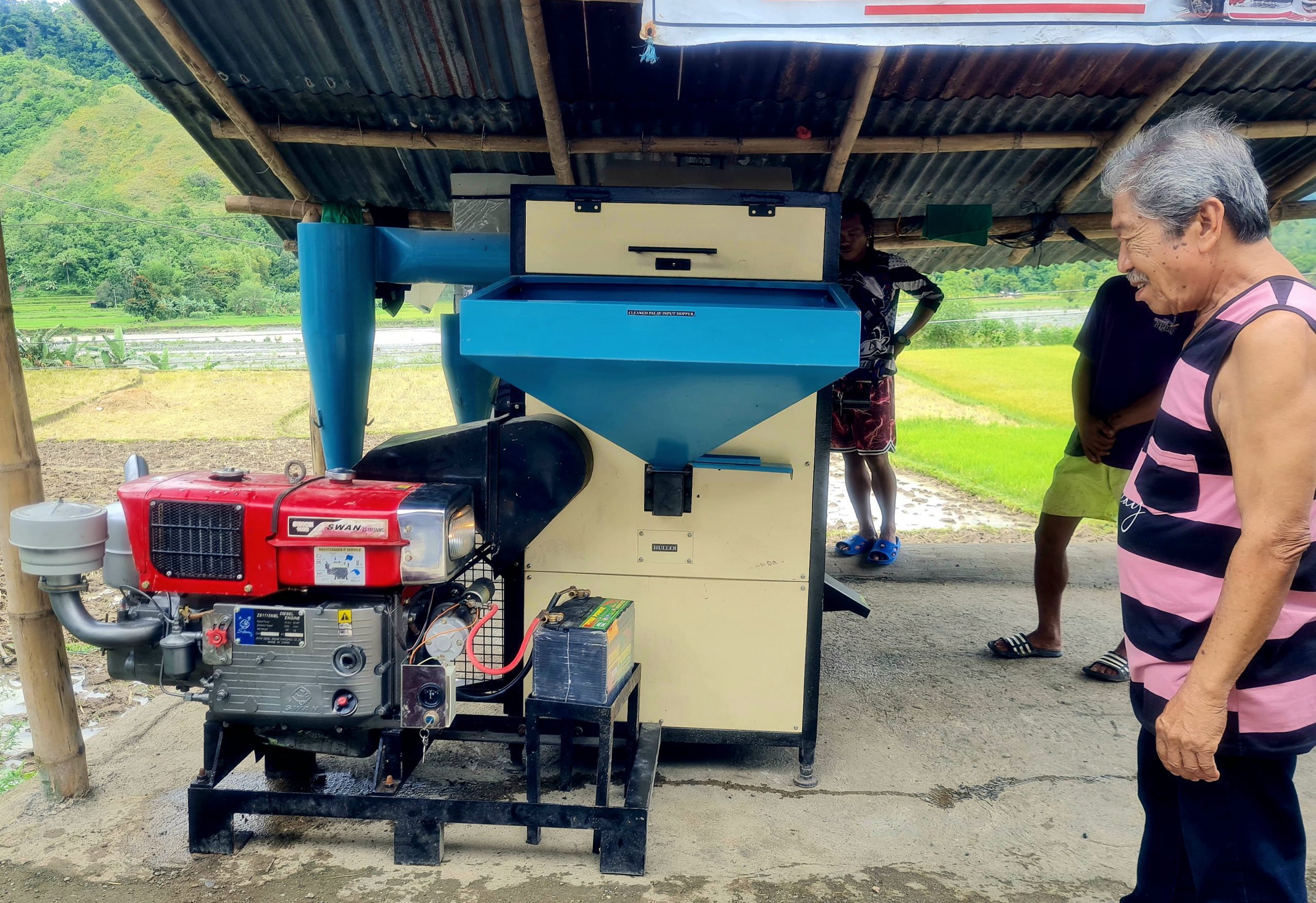
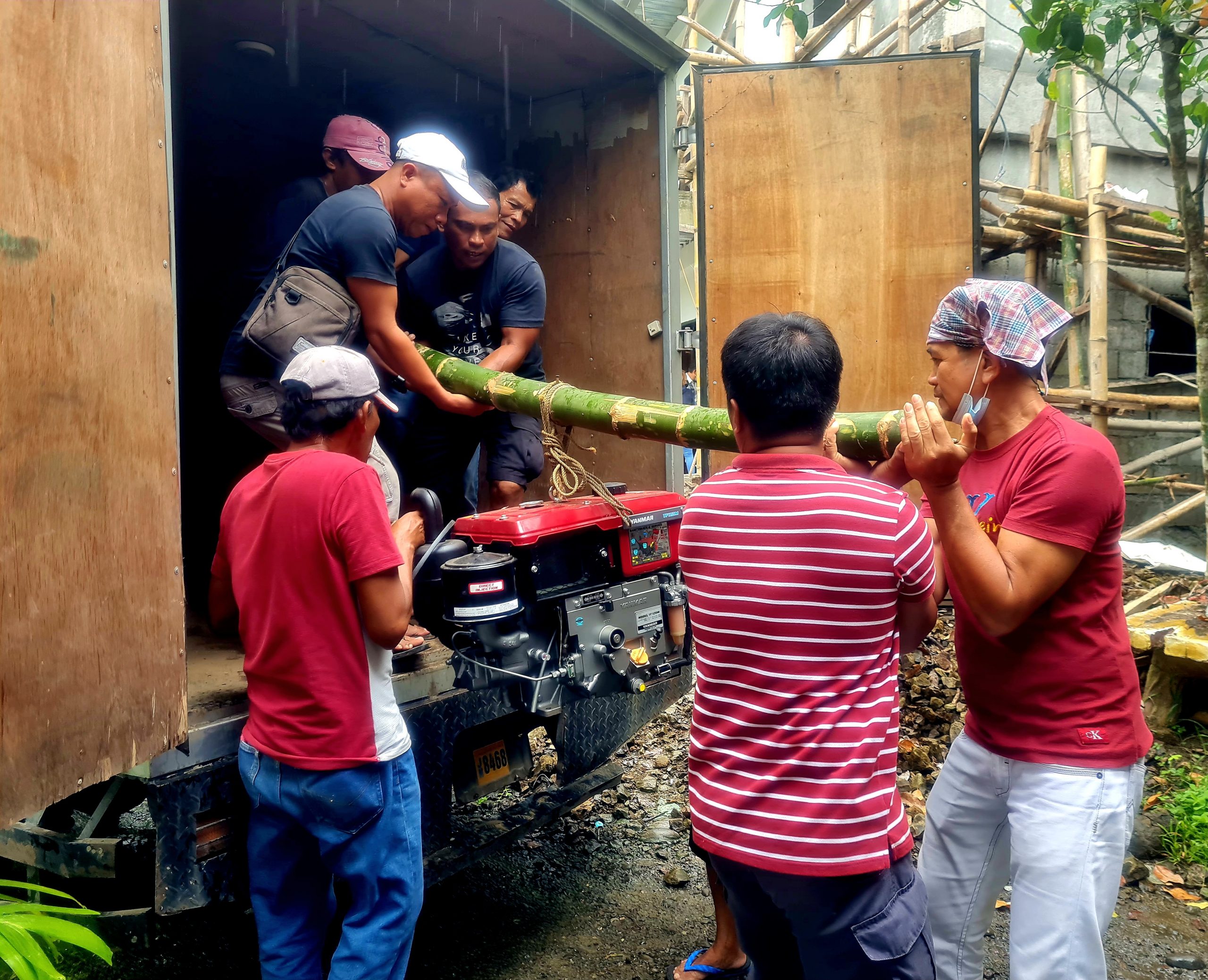
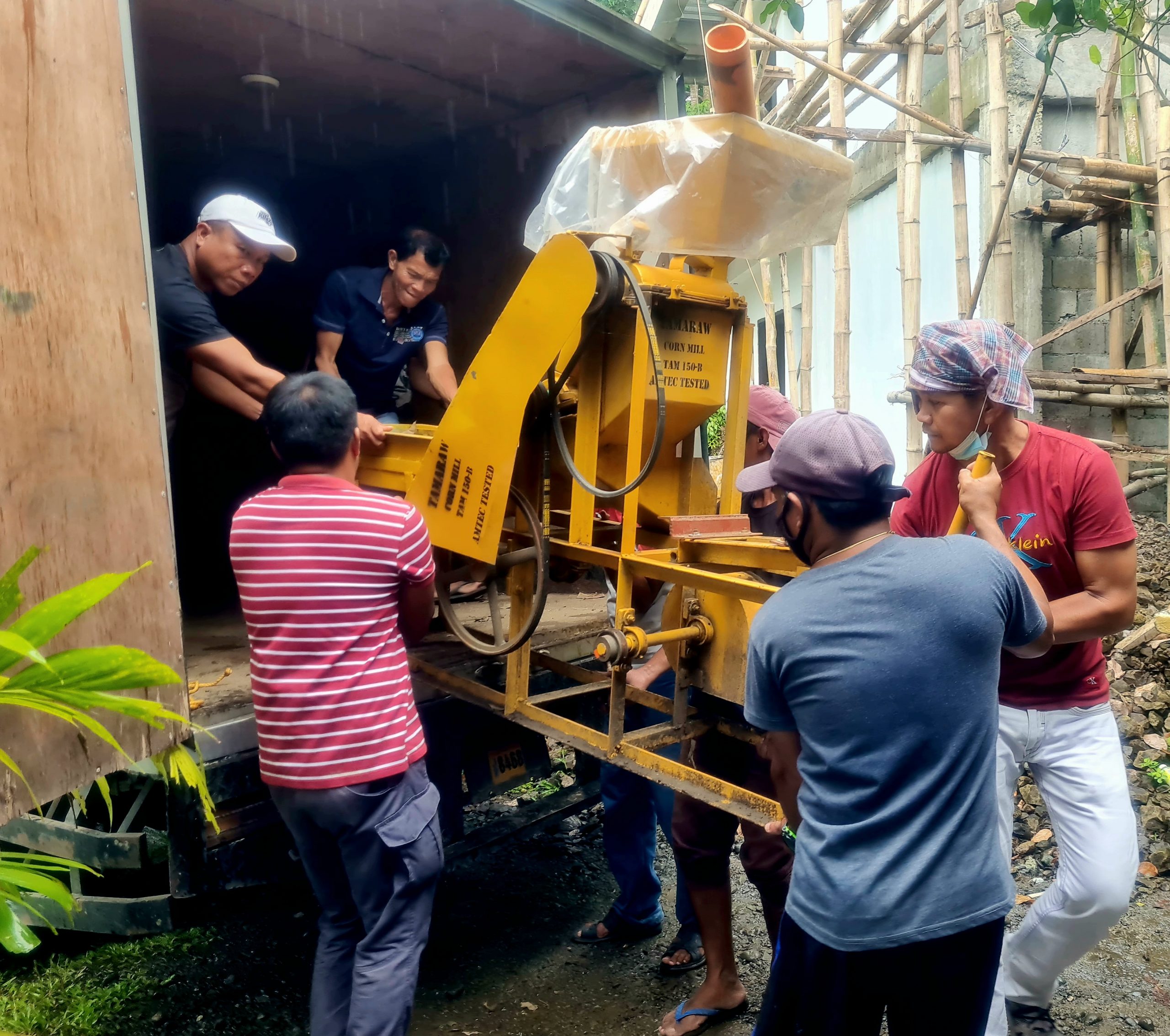
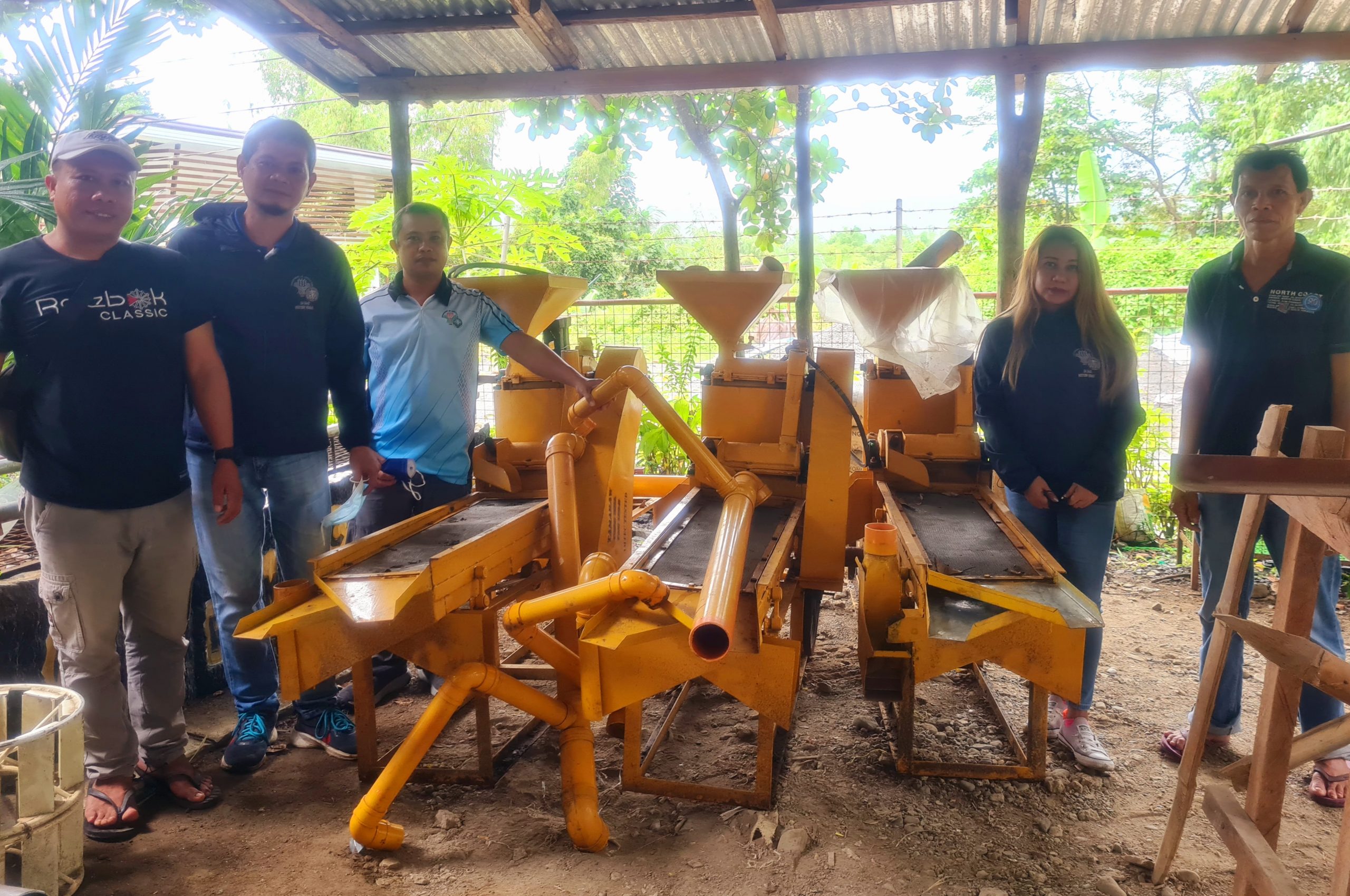
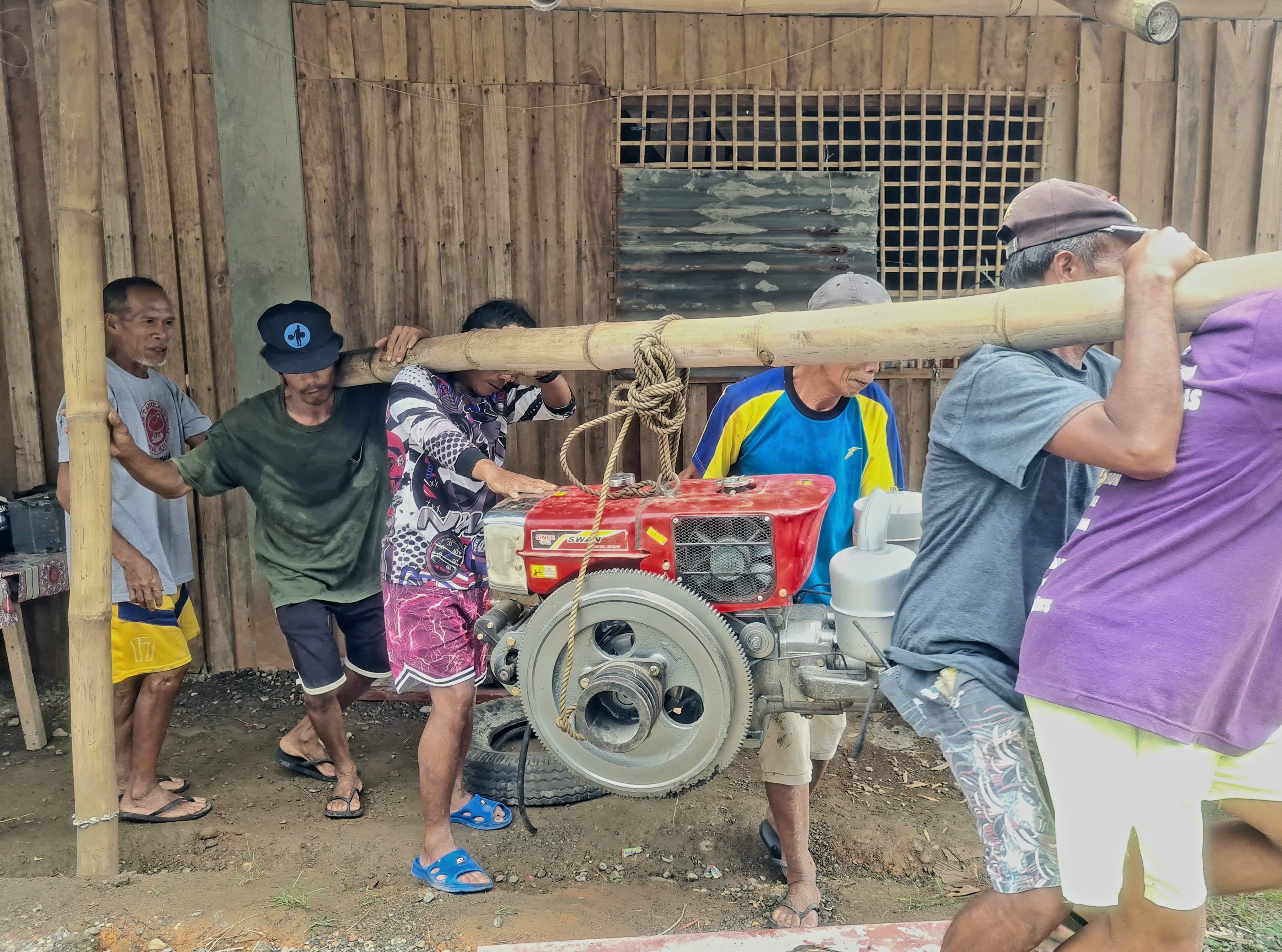
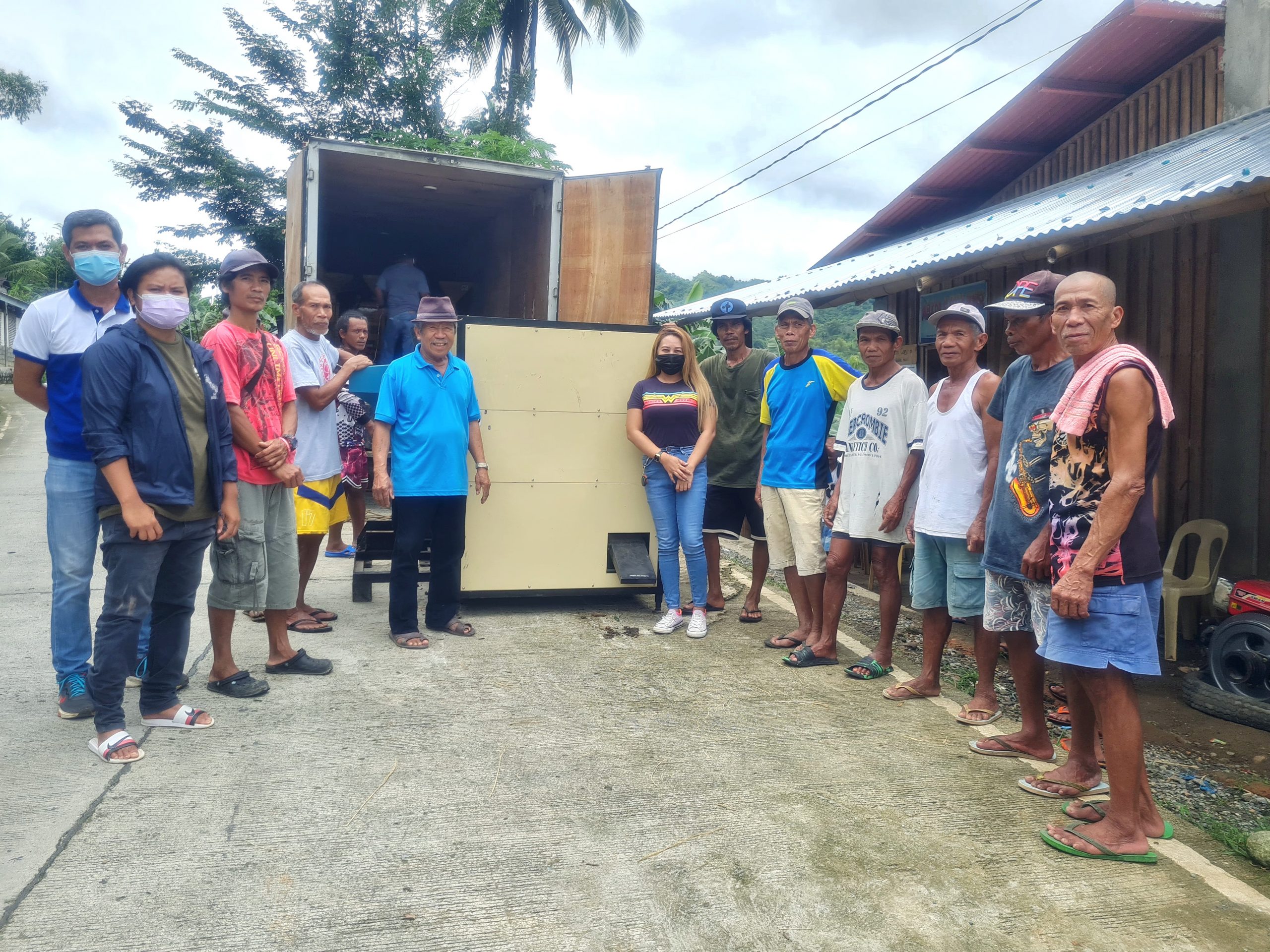
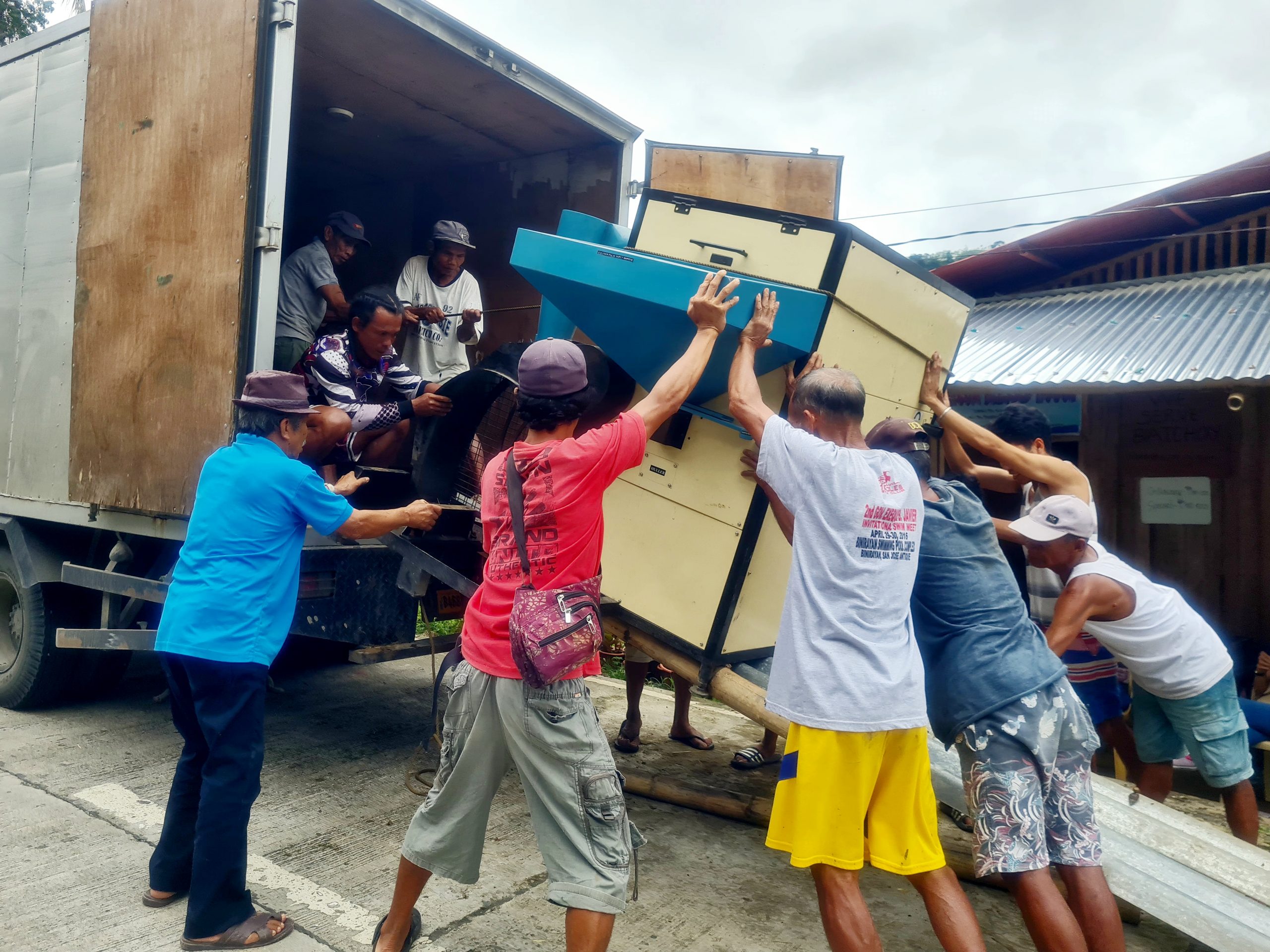
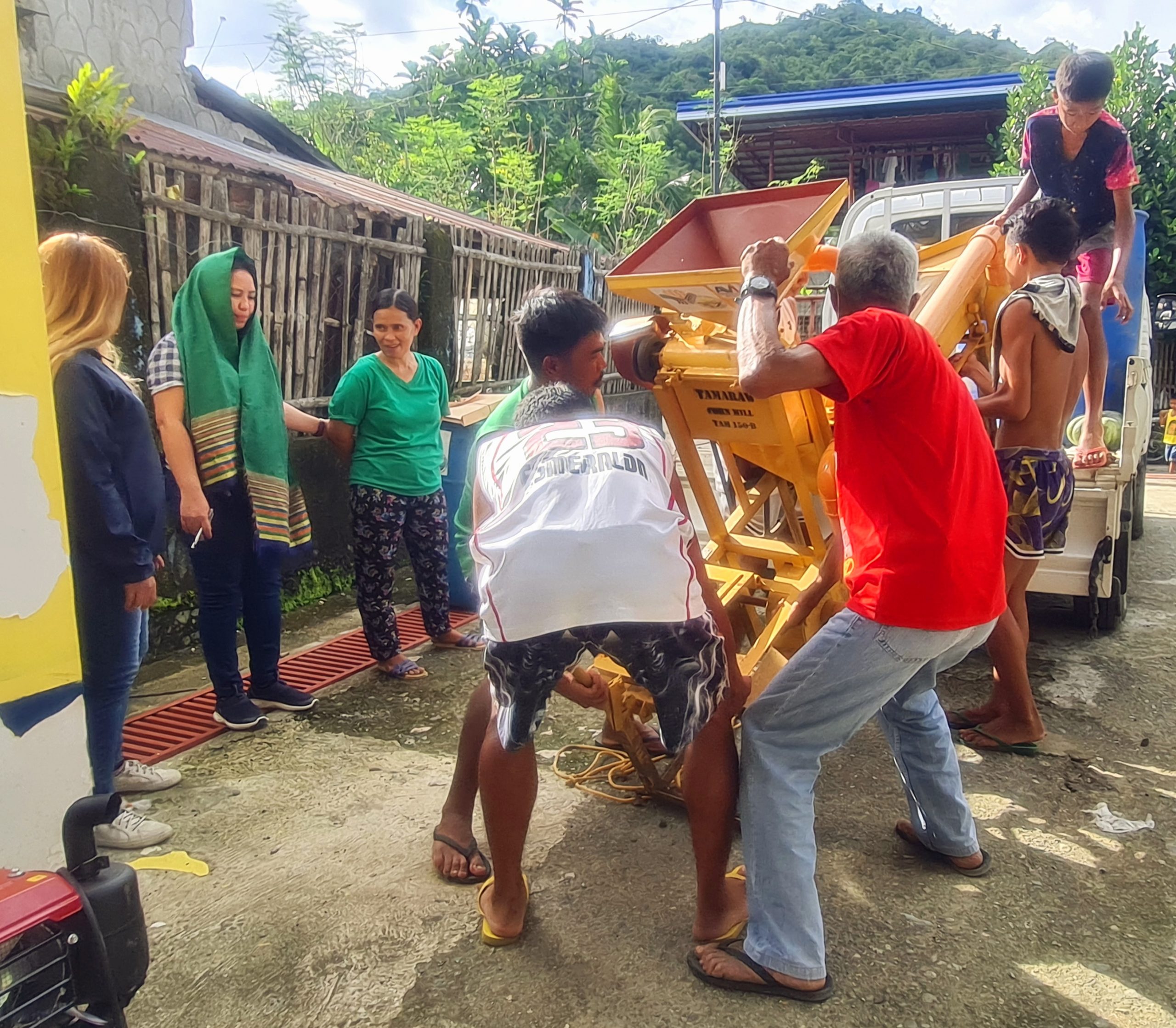
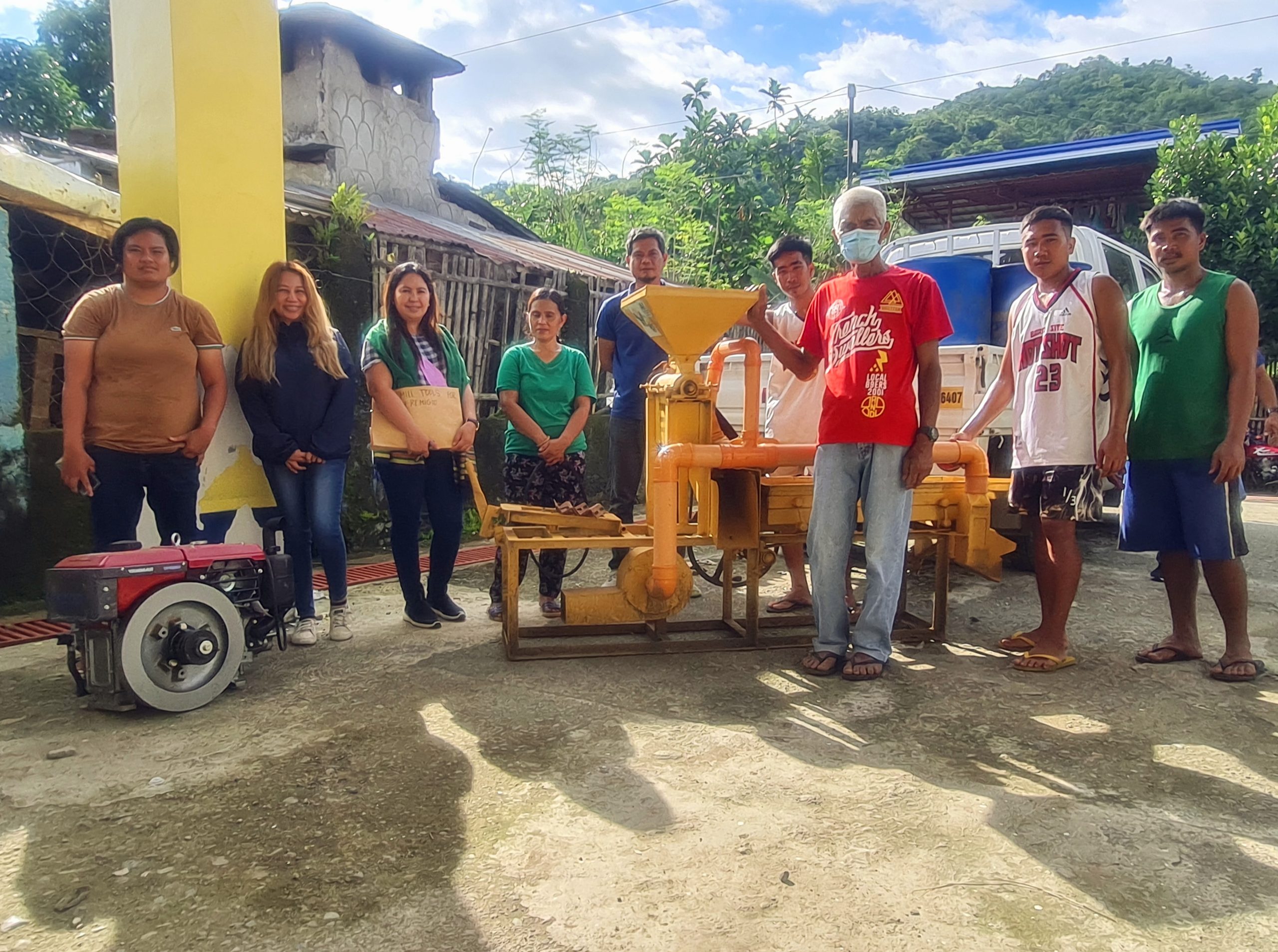

Comments (0)